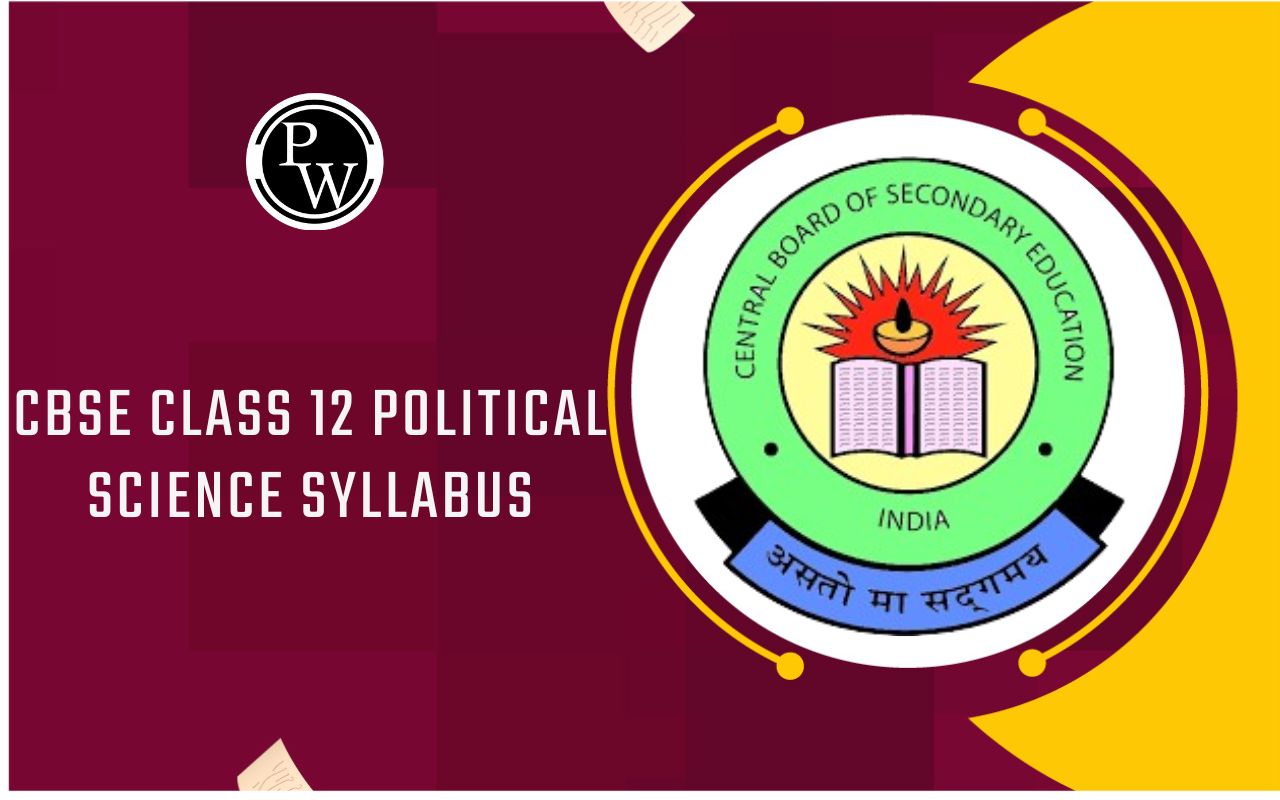
Present Tense
In English, tense helps show when an action occurs. Of the three main tenses, the present tense focuses on what's happening right now. This piece will cover its definition, structure, rules, and provide examples.What is Present Tense
The present tense refers to the form of a verb used to describe actions happening right now, habitual actions, or general truths. It's used to talk about events or states that are occurring in the present moment.For example:
- "She runs every morning." (habitual action)
- "I am eating dinner." (action happening right now)
- "Water boils at 100 degrees Celsius." (general truth)
Definition of Present Tense
Present tense is the way we talk when we're describing what's happening now or what happens regularly. It's like shining a light on what is going on at this very moment or what is always true. For Example, saying "I eat" or "She sings" uses the present tense because it tells us about actions occurring right now or regularly.
Types of Present Tense
In English, the present tense has four main forms: simple present, present continuous (progressive), present perfect, and present perfect continuous (progressive). Each serves a different purpose in expressing actions or states in the present.
Simple Present Tense: This tense is used for habitual actions, general truths, scheduled events, and regular occurrences. It's formed by using the base form of the verb (with or without 's' for third-person singular).
Example : "She plays tennis every Sunday".
Present Continuous (Progressive) Tense: This tense is for actions happening right now or around the present moment. It's formed using "to be" in the present tense and the present participle (-ing form) of the verb.
Example : "They are studying for their exams."
Present Perfect Tense: It indicates actions that happened at an unspecified time before now or actions that have a connection to the present. It's formed by using the auxiliary verb "have/has" followed by the past participle of the main verb.
Example : "I have visited Paris twice."
Present Perfect Continuous (Progressive) Tense: This tense emphasizes the duration of an action that started in the past and continues into the present. It's formed by using "have/has been" followed by the present participle (-ing form) of the verb.
Example : "She has been working here for five years."
Structure of Present Tense
Below is Structure of simple present, present continuous, present perfect and present perfect continuous.
| Structure of Present Tense | |||
| Simple Present Tense | Present Continuous Tense | Present Perfect Tense | Present Perfect Continuous Tense |
| Subject + Verb in the base form/third person plural form + the rest of the sentence | Subject + Helping Verb(am/is/are) + Main verb+ing + the rest of the sentence | Subject + Helping Verb (have/has) + Past participle of the main verb + the rest of the sentence along with the time frame | Subject + Have/Has + Been + Verb+ing + the rest of the sentence |
| Example: I play the piano. He plays football. | Example: Kamal is watching a movie. She is singing. | Example: I have finished my homework | Example: They have been studying for hours. |
Present Tense Examples
Below are some examples of simple present, present continuous, present perfect and present perfect continuous.
Simple Present
"She reads books every evening."
"I always brush my teeth before bedtime."
“The sun rises in the east."
"He works at a software company
Present Continuous
"They are playing cricket in the park."
"I am writing a letter to my friend."
"They are cooking dinner in the kitchen."
Present Perfect
"He has visited Paris many times."
"We have seen that movie before."
"We have just finished our homework."
"She has visited that museum before."
Present Perfect Continuous
"She has been working on her project for hours."
"They have been studying chemistry for weeks."
"I have been waiting for you for an hour."
The present tense is essential for effective communication in English, as it allows us to express actions and truths occurring in the current moment. From the foundational understanding of its definition to the intricacies of its various types, such as the Simple Present, Present Continuous, Present Perfect, and Present Perfect Continuous.
By discussing the structural framework of each present tense type, we uncover the formulae that guide our construction of grammatically sound sentences. Whether conveying routine activities, immediate actions, recent completions, or ongoing processes, the present tense empowers us to convey temporal nuances with precision.
The presented examples further illuminate the diverse scenarios in which the present tense is used, showcasing its flexibility in capturing the essence of our experiences. From daily routines to momentary actions, the present tense allows us to narrate the unfolding of events and share insights into our lives.
| Related Links | |
| Parts of Speech | Noun |
| Abstract Nouns | Common Nouns |
Present Tense FAQs
What is the present tense?
How does the present tense function?
What are the types of present tense?
What does the Simple Present tense describe?
When is the Present Continuous tense used?










